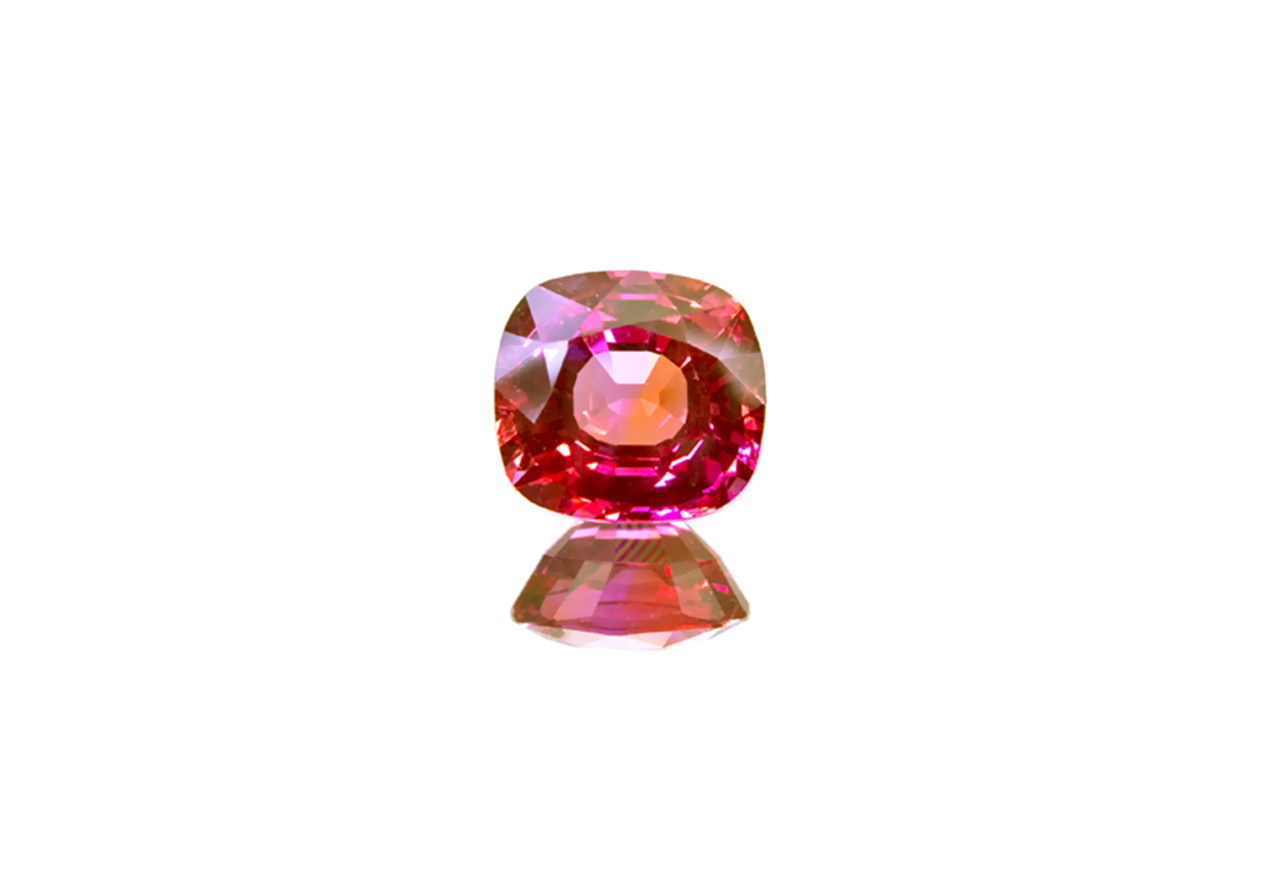
Natural sapphires Īn uncut, rough yellow sapphire found at the Spokane Sapphire Mine near Helena, Montana A sapphire jubilee occurs after 65 years. Sapphire is the birthstone for September and the gem of the 45th anniversary. Because of the remarkable hardness of sapphires – 9 on the Mohs scale (the third hardest mineral, after diamond at 10 and moissanite at 9.5) – sapphires are also used in some non-ornamental applications, such as infrared optical components, high-durability windows, wristwatch crystals and movement bearings, and very thin electronic wafers, which are used as the insulating substrates of special-purpose solid-state electronics such as integrated circuits and GaN-based blue LEDs. They also may be created synthetically in laboratories for industrial or decorative purposes in large crystal boules. Commonly, natural sapphires are cut and polished into gemstones and worn in jewelry. Pink-colored corundum may be classified either as ruby or sapphire depending on locale. Red corundum stones also occur, but are called rubies rather than sapphires. It is typically blue, but natural "fancy" sapphires also occur in yellow, purple, orange, and green colors "parti sapphires" show two or more colors. The name sapphire is derived via the Latin "sapphirus" from the Greek "sappheiros", which referred to lapis lazuli.

In addition, color should be evenly distributed, with no face-up zoning.Sapphire is a precious gemstone, a variety of the mineral corundum, consisting of aluminium oxide ( α- Al 2 O 3) with trace amounts of elements such as iron, titanium, chromium, vanadium, or magnesium. Yellow or purple tertiary hues may be acceptable to some, but for others the presence of any tertiary hue would disqualify the stone from the padparadscha label. Most Western standards agree that a padparadscha sapphire should be light to medium in tone (30-65%) with a mix of pink and orange hues. Gemological laboratories use different grading criteria to determine whether a stone qualifies. Unlike most gem colors, the definition of padparadscha proves elusive. The lotus flower for which it’s named, Nelumbo nucifera, has deep pink petals with a yellow pistil. Colorīy far the most important factor in padparadscha sapphire quality is its color, but assessing padparadscha color isn’t straightforward.

In addition, this tough stone is unlikely to break when knocked, making it an excellent choice for any jewelry setting. Padparadscha sapphires can rival fine blue sapphires in price.Īt 9 on the Mohs scale, sapphire is hard enough to resist scratches.

The IGS sapphire value listing has price guidelines for sapphires. Padparadscha Sapphire Buying and the Four Cs


 0 kommentar(er)
0 kommentar(er)
